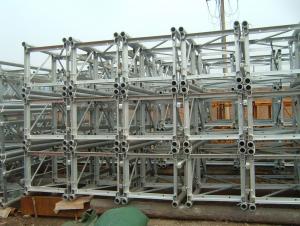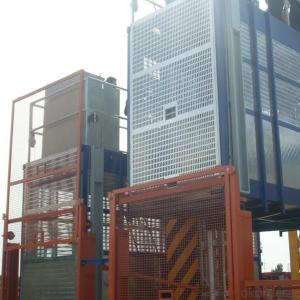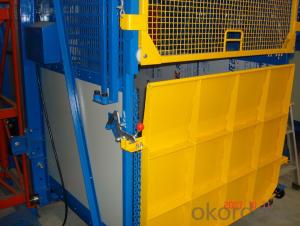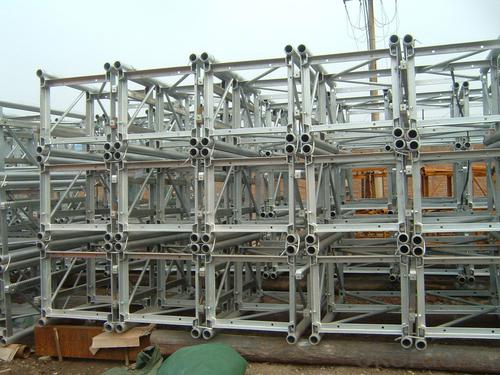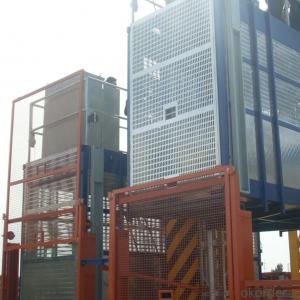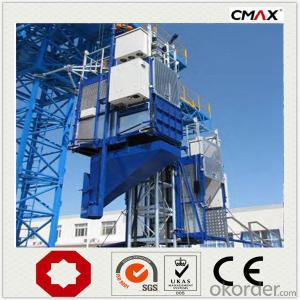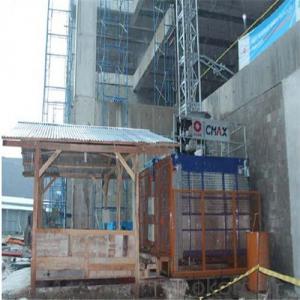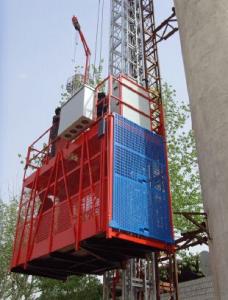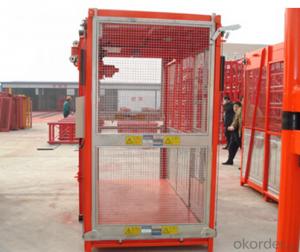Building Lifting Hoist China Professional Supplier
- Loading Port:
- Shanghai
- Payment Terms:
- TT OR LC
- Min Order Qty:
- 1 unit
- Supply Capability:
- 1000 unit/month
OKorder Service Pledge
OKorder Financial Service
You Might Also Like
Specification
Construction Building Lifting Hoist China Professional Supplier
We are special supplier of building hoist in China, our building hoist have been Widely exported to all over the world and won good reputation, whose payload capacity is as much as 10000kg, lifting speed can reach up to 96m/min, and the erection height reaches up to 550m., our products have been widely used for transportation for both men and cargo in field of general buildings, but also industry, electric power, mining well, oil, chemical industry etc.
SC270TD, SC270/270TD building hoist:
1). Each cage load capacity: 2700kg
2). Lifting speed: 36m/min, or 0∼ 63m/min, or 0∼ 96m/min
3). Mast section: Paint or hot dipping zinc
4). Cage: Single cage or twin cage
5). Recommended cage inner dimension(LxWxH)(m): 2.5x1.3 x2.5; 3.0x1.3x2.5; 3.2x1.5x2.5; 3.6x1.5x2.5; 3.8x1.5x2.5; 4.0x1.5x2.5; 4.2x1.5x2.5, cage dimension is according to requirement of customer and special project.
6). Motor and reducing device: Made in China, can be SEW Germany according to requirements.
7). Counterweight: With counterweight or without counterweight
8). The colors of cage: Yellow, or red, or blue
9). Other each cage load capacity for your to choose: 1000kg, 2000kg, 2700kg, or 3200kg
| Type | Payload kg | Lifting speed m/min | Motor power kW | Inverter power kW | Counter Weight kg | ||
| Low speed | Single cage no counterweight | SC200GD | 2000 | 0~46 | 3×15 | 45 | 0 |
| SC270GD | 2700 | 0~46 | 3×18.5 | 55 | 0 | ||
| SC320GD | 3200 | 0~46 | 3×22 | 75 | 0 | ||
| Twin cage no counterweight | SC200/200GD | 2×2000 | 0~46 | 2×3×15 | 2×45 | 0 | |
| SC270/270GD | 2×2700 | 0~46 | 2×3×18.5 | 2×55 | 0 | ||
| SC320/320GD | 2×3200 | 0~46 | 2×3×22 | 2×75 | 0 | ||
| Middle speed | Single cage no counterweight | SC120GZ | 1200 | 0~63 | 3×15 | 45 | 0 |
| SC200GZ | 2000 | 0~63 | 3×18.5 | 55 | 0 | ||
| Single cage with counterweight | SCD200GZ | 2000 | 0~63 | 2×15 | 30 | 2000 | |
| SCD270GZ | 2700 | 0~63 | 2×18.5 | 37 | 2000 | ||
| SCD320GZ | 3200 | 0~63 | 3×15 | 45 | 2000 | ||
| Twin cage no counterweight | SC120/120GZ | 2×1200 | 0~63 | 2×3×15 | 2×45 | 0 | |
| SC200/200GZ | 2×2000 | 0~63 | 2×3×18.5 | 2×55 | 0 | ||
| Twin cage with counterweight | SCD200/200GZ | 2×2000 | 0~63 | 2×15 | 2×30 | 2×2000 | |
| SCD270/270GZ | 2×2700 | 0~63 | 2×18.5 | 2×37 | 2×2000 | ||
| SCD320/320GZ | 2×3200 | 0~63 | 2×3×15 | 2×45 | 2×2000 | ||
| High speed | Single cage no counterweight | SC100GS | 1000 | 0~96 | 3×22 | 75 | 0 |
| SC120GS | 1200 | 0~96 | 3×22 | 75 | 0 | ||
| SC200G | 2000 | 0~96 | 3×22 | 90 | 0 | ||
| SC200GS | 2000 | 0~96 | 3×22 | 90 | 0 | ||
| Single cage with counterweight | SCD200G | 2000 | 0~96 | 3×15 | 45 | 2000 | |
| SCD200GS | 2000 | 0~96 | 2×22 | 45 | 2000 | ||
| SCD270G | 2700 | 0~96 | 3×18.5 | 55 | 2000 | ||
| SCD320GS | 3200 | 0~96 | 3×22 | 75 | 2000 | ||
| Twin cage no counterweight | SC100/100GS | 2×1000 | 0~96 | 2×3×22 | 2×75 | 0 | |
| SC120/120GS/ | 2×1200 | 0~96 | 2×3×22 | 2×75 | 0 | ||
| SC200/200G | 2×2000 | 0~96 | 2×3×22 | 2×90 | 0 | ||
| SC200/200GS | 2×2000 | 0~96 | 2×3×22 | 2×90 | 0 | ||
| Twin cage with counterweight | SCD200/200G | 2×2000 | 0~96 | 2×3×15 | 2×45 | 2×2000 | |
| SCD200/200GS | 2×2000 | 0~96 | 2×2×22 | 2×45 | 2×2000 | ||
| SCD270/270G | 2×2700 | 0~96 | 2×3×18.5 | 2×55 | 2×2000 | ||
| SCD320/320G | 2×3200 | 0~96 | 2×3×22 | 2×75 | 2×2000 | ||
| SCD320/320GS | 2×3200 | 0~96 | 2×3×22 | 2×75 | 2×2000 | ||
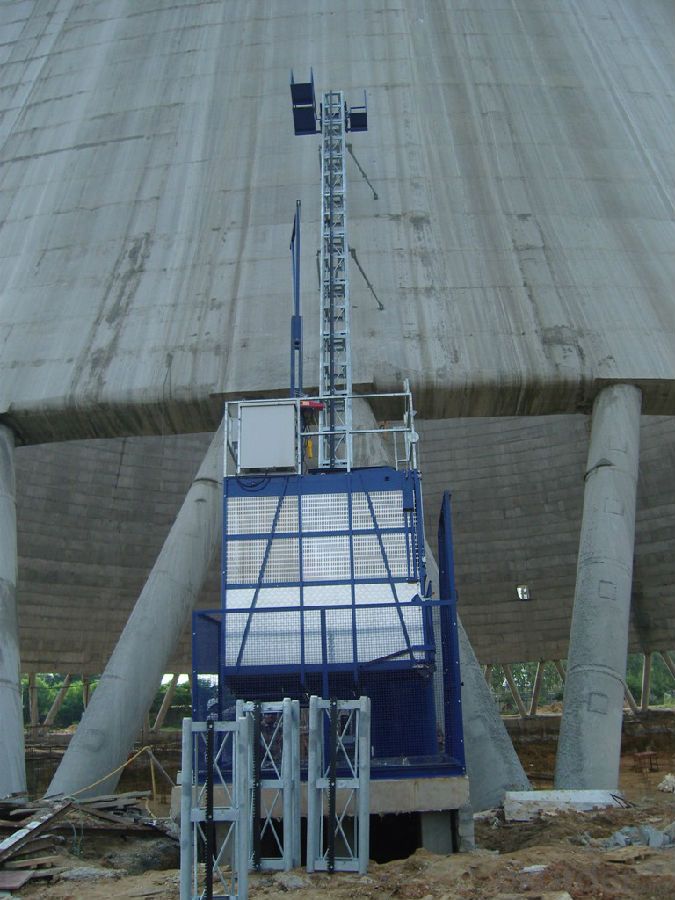
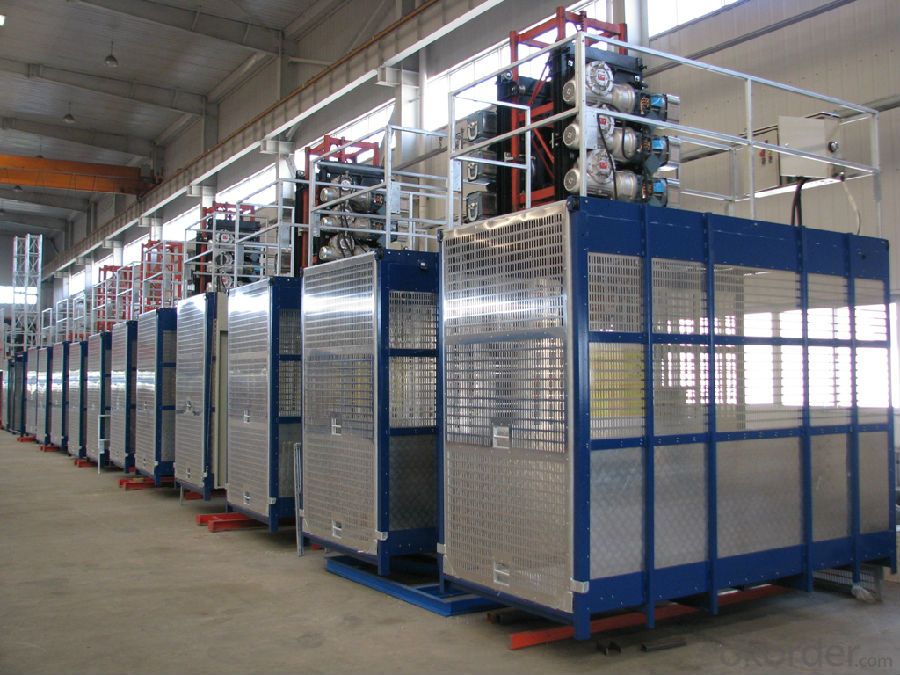
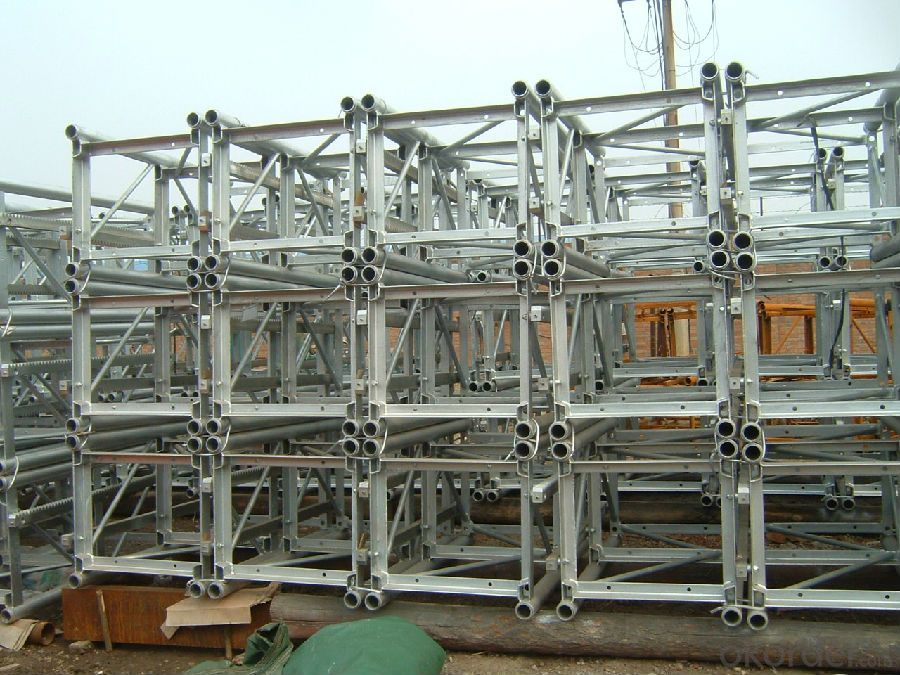
- Q: This question asks for a comparison between electric and pneumatic building hoists, highlighting their distinct features and operational differences.
- <p>Electric building hoists are powered by electricity and are known for their high lifting capacity, speed, and efficiency. They are suitable for heavy-duty applications and can be automated for continuous operation. Pneumatic hoists, on the other hand, use compressed air to generate lifting force. They are quieter, require less maintenance, and are safer in environments where electrical sparks could be hazardous. However, they have lower lifting capacities and are generally slower compared to electric hoists. Pneumatic hoists are also more suitable for applications requiring precise control over the load.</p>
- Q: How many kw is the sc construction elevator
- The construction elevator sc200/200 is rated at 63 kw power, and the power consumption is greater.
- Q: Gear rack driven
- Driven by two or three worm gear reducers, the ladder cage is a load bearing unit, and gravity is carried by a rack. At rest, the force point is in the meshing of the gear and rack.
- Q: Is it possible to use a building hoist for the purpose of lifting heavy objects?
- <p>Yes, a building hoist can be used for lifting large objects. These hoists are specifically designed to handle heavy loads and are commonly used in construction for lifting materials, equipment, and other heavy items. They are engineered with safety features to ensure secure lifting and are operated by trained personnel. However, it's crucial to ensure the hoist's capacity matches the weight of the object being lifted and that all safety protocols are followed to prevent accidents.</p>
- Q: What is the main function of elevator motherboard?
- The elevator motherboard is different from each brand, and it functions like a computer motherboard
- Q: Is it possible to utilize a building hoist for construction or renovation purposes?
- <p>Yes, a building hoist is commonly used for construction and renovation work. It is designed to lift materials and workers vertically, making it an essential tool for multi-story construction projects. Hoists facilitate the movement of heavy materials like cement, bricks, and steel, as well as personnel, enhancing efficiency and safety on the construction site. They are particularly useful in scenarios where cranes are impractical or unavailable, making them a vital component in the construction and renovation process.</p>
- Q: This question asks if building hoists can be utilized for extended periods of time in construction projects.
- <p>Building hoists are generally designed for temporary use in construction projects, facilitating the movement of materials and personnel. They are not intended for long-term operations. Their design and safety features cater to the specific needs of construction phases, which are temporary by nature. For permanent installations or long-term material handling, other types of elevators or lifts are more suitable. It is crucial to adhere to the manufacturer's guidelines and local regulations regarding the use and duration of operation for building hoists to ensure safety and compliance.</p>
- Q: What are the necessary safety rules and regulations that must be followed when operating a building hoist?
- <p>Safety regulations for using a building hoist include ensuring that the hoist is regularly inspected and maintained by qualified personnel. Operators must be trained and certified. The hoist should be equipped with safety devices such as limit switches, overload protection, and emergency stop buttons. Loads should never exceed the hoist's capacity, and the hoist should not be used in adverse weather conditions. Proper communication procedures must be followed, and a safety zone should be established around the hoist to prevent unauthorized access. Workers must wear appropriate personal protective equipment, and all safety guards and barriers must be in place and functioning correctly. Compliance with local and national regulations is also mandatory.</p>
- Q: This question asks whether a building hoist can be utilized both indoors and outdoors and seeks an explanation for its suitability in both environments.
- <p>A building hoist can be used both indoors and outdoors, depending on the specific design and construction. Outdoor hoists are typically built to withstand weather conditions and are more robust, while indoor hoists are designed for controlled environments. The choice between indoor and outdoor use is determined by factors such as the building's structure, the materials being lifted, and the environmental conditions. Outdoor hoists may require additional features like weatherproofing and corrosion resistance, whereas indoor hoists focus on efficiency and ease of use within a protected setting.</p>
- Q: This question asks whether a building hoist can be used in both indoor and outdoor construction settings.
- <p>Yes, a building hoist can be used both indoors and outdoors for construction work. These hoists are versatile and designed to facilitate the movement of materials and personnel in multi-story buildings. Outdoors, they are often used during the construction of high-rise buildings, while indoors, they can be used for the vertical transportation of materials in large structures like shopping malls or office buildings. It's important to ensure that the hoist is suitable for the specific conditions, such as weather resistance for outdoor use, and that safety protocols are strictly followed to prevent accidents.</p>
Send your message to us
Building Lifting Hoist China Professional Supplier
- Loading Port:
- Shanghai
- Payment Terms:
- TT OR LC
- Min Order Qty:
- 1 unit
- Supply Capability:
- 1000 unit/month
OKorder Service Pledge
OKorder Financial Service
Similar products
Hot products
Hot Searches
Related keywords
